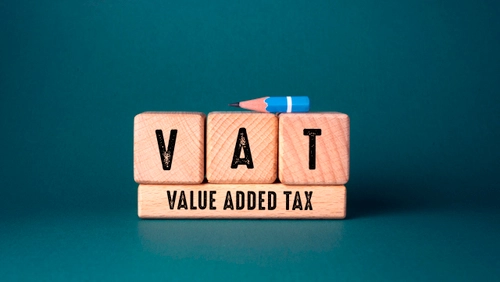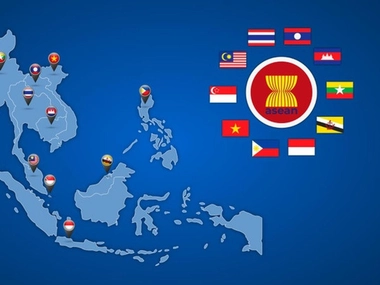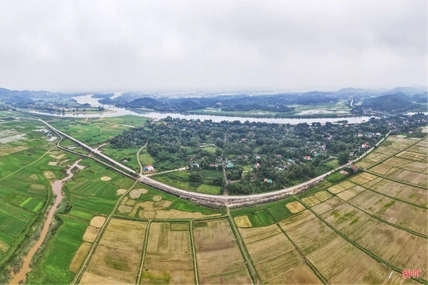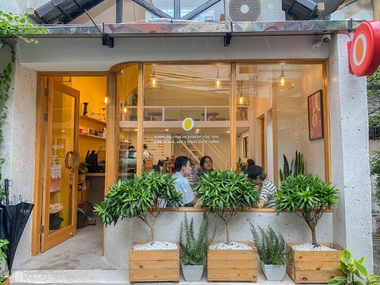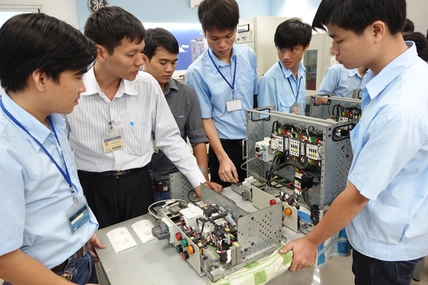The Ministry of Construction has recently released the draft Law on Water Supply and Drainage so as to develop the country’s water supply and drainage systems and contribute to mitigating waterlogging in urban areas.
With 75 articles arranged in eight chapters, the draft Law focuses on management of investment in, development of water supply systems, requirements for investment projects on construction of water supply facilities, and prioritized investment in water drainage facilities in densely populated residential areas.
Management of investment in and development of water supply systems
As per the draft, provincial-level People’s Committees would be empowered to decide on water supply project investment policy, and select water supply units to act as project owners of water plants or water supply service areas.
Selected water supply units would be permitted to manage and operate some or all of components of water supply systems for the production and wholesale and retail sale of clean water.
Newly built water plants or water supply service areas specified in publicized water supply master plans would have to organize bidding for investor selection in accordance with bidding regulations.
For inter-provincial water supply projects, line ministries would act as investment managers, select project owners and organize operation management with the involvement of concerned provincial-level People’s Committees.
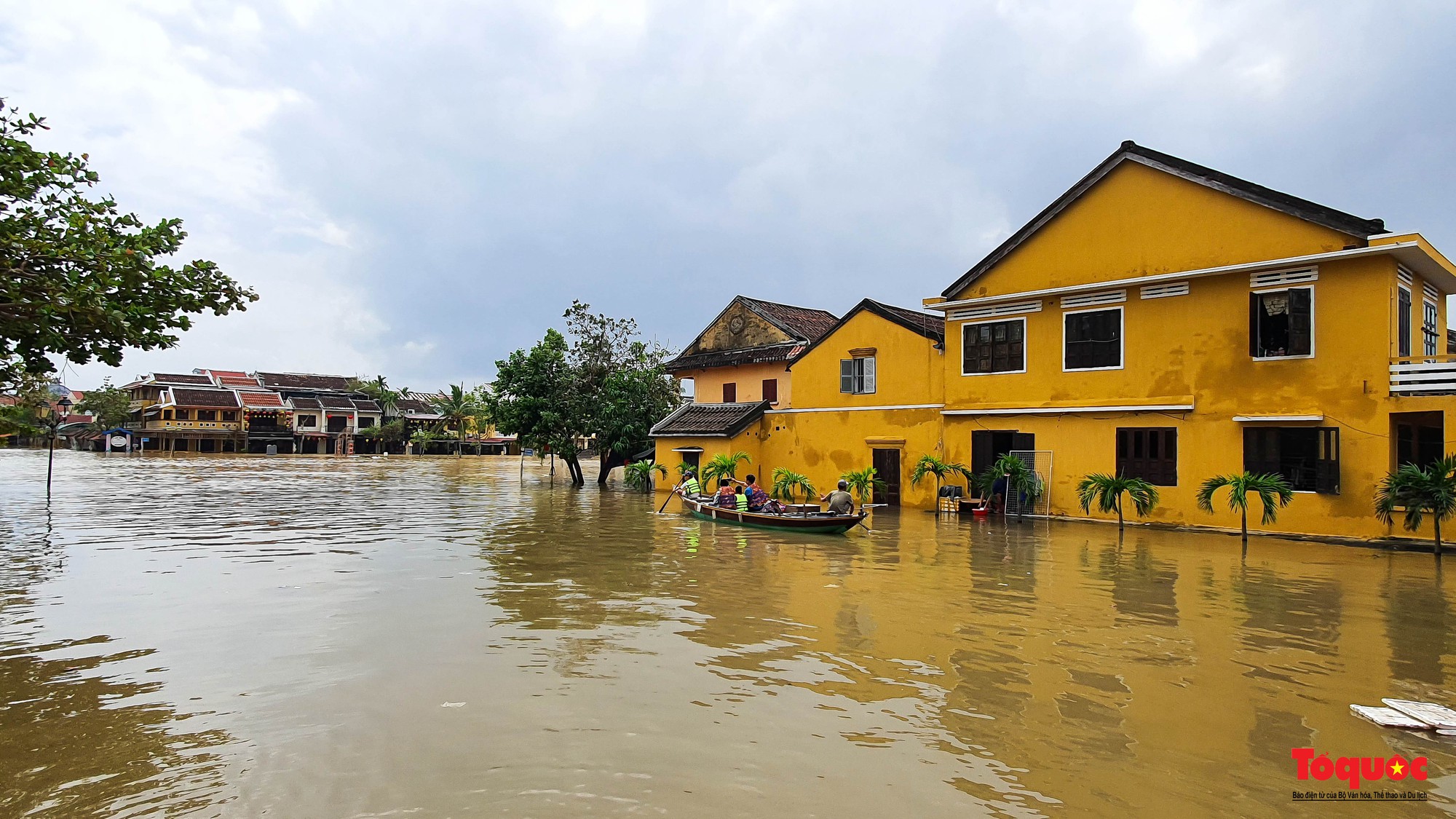
Requirements for investment projects on construction of water supply facilities
As required by the draft Law, investment projects on construction of water supply facilities would have to apply advanced, water- and energy-efficient technologies in water treatment. Underground pipelines and equipment must be up to domestic standards and satisfy requirements of increasing the water supply output, resisting corrosion and ensuring long-term durability.
Industrial parks, cottage industry zones and export processing zones would be required to restrict the construction of new water plants and prioritize the use of clean water sources from existing water plants in planned water supply areas.
Decentralized projects would be considered for investment if they are included in water supply master plans, meet the water demand of dispersed residential areas and regions with underdeveloped water supply networks.
Under the draft Law, investment priority would be given to projects on construction of water supply facilities in certain cases.
Firstly, water supply facilities are built on an inter-provincial scale and expected to help respond to climate change and transmit raw or clean water to water plants and water supply service areas across provinces.
Secondly, projects aim at building new water supply facilities, thereby raising output of large-scale water plants or expanding water supply networks in planned water supply areas.
Thirdly, projects target the development of water supply networks in densely populated residential areas, new urban centers, apartment complexes, industrial parks or cottage industry zones by connecting and using clean water sources from water supply networks in planned water supply areas.
Prioritized investment in water drainage facilities in densely populated residential areas
Investment projects on construction of water drainage facilities would be prioritized for implementation if they are (i) projects on water drainage and anti-waterlogging in urban areas and residential areas experiencing extensive waterlogging, (ii) investment projects on construction of rainwater drainage infrastructure connected to irrigation and drainage systems in large-scale urban areas, and (iii) projects on construction of water drainage and wastewater treatment facilities in urban areas and densely populated residential areas affected by pollution or at risk of environmental contamination due to wastewater discharge.
Also under the draft, investment projects on construction of water drainage facilities would have to ensure the compatibility between water drainage networks and wastewater treatment plants based on planned wastewater drainage areas.
Projects should be designed to adapt to climate change and align with the development, expansion, upgrading and rehabilitation of urban and residential areas.
In new urban centers, rainwater drainage networks should be built separately from general wastewater drainage facilities. Besides, it is urgent to formulate specific roadmaps to replace shared drainage networks with separate drainage networks in urban and residential areas.
Investment projects on construction of water drainage and centralized wastewater treatment facilities would be required to address drainage and wastewater treatment issues in wastewater drainage areas, and gradually connect with decentralized wastewater treatment facilities.
Information about projects’ components, progress and water drainage quality would be publicly notified. Indoor drainage facilities should be connected with street drainage networks.
The draft Law is scheduled to be passed by the National Assembly in October 2025.
By: VLLF



